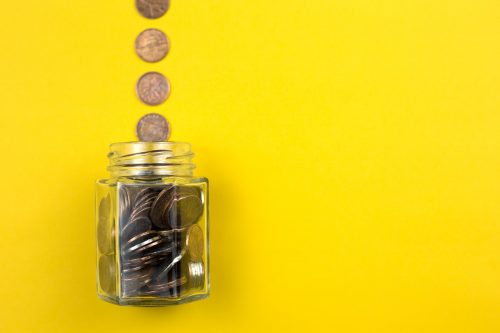by Susan Paige

Debt is more common than you think. According to CNBC, the average American owes nearly $38,000—not including home mortgages.
The most common causes include underemployment, medical problems, divorce, and poor spending habits.
Don’t worry, though. It is possible to get out of the debt cycle—you just need to know what to do. For instance, you might want to set aside a certain amount of your gross monthly salary.
Why? You can use it to pay back your debt!
Want to learn more about how that works? Then you’re on the right page! We’ll be going over everything that you need to know below.
Keep reading to learn more!
Saving a Portion of Your Gross Monthly Salary to Pay Back Your Debt
The last thing that you want to do is to spend your paycheck the second you receive it. What you want to do instead, is to set aside a portion for your debt.
If necessary, ask your employer to split the paycheck so that it’s deposited into two different accounts. That way, you won’t have to worry about accidentally using up all of the money!
Are you self-employed? If so, you might want to keep track of your income by using a pay stub creator.
How Much Should You Pay Back Per Month?
At the end of the day, it depends on two things—the amount of debt that you have and your income. Generally speaking, your debt payments should not exceed 36% of your monthly income.
Ideally, you want to aim for around 10%. Remember, the calculation is based on your gross income, not your take-home pay. In other words, you should have enough left over for your other monthly expenses.
Saving and Paying Back Debt at the Same Time
Just because you have debt, doesn’t mean that you can’t save money. If anything, it’ll save you from having more debt in the case of a financial emergency!
With that said, you want to consider the type of debt that you have. For instance, it’s probably a good idea to pay back some of your credit card debts first before putting money into a savings account. After all, their interest rates are high!
Once you’ve done that, you can start to put more money into your savings. With that said, the best approach is to pay both. In other words, you want to find a balance between paying back your debt and building up your savings.
For instance, if you have an extra $1,200 each month, put $600 towards your debt and $600 towards your savings account. Sure, you might have to pay a bit more interest in the long run, but you’ll also have more money in the bank!
Paying Off Your Debt A Little at a Time
Hopefully, that gives you a better idea of how to pay back your debt with your gross monthly salary.
As you can see, there are certain things that you want to consider—the most important being the amount to pay back!
Want to learn more about how to tackle debt? We’ve got a whole category that you can browse through!


So, what do you think ?